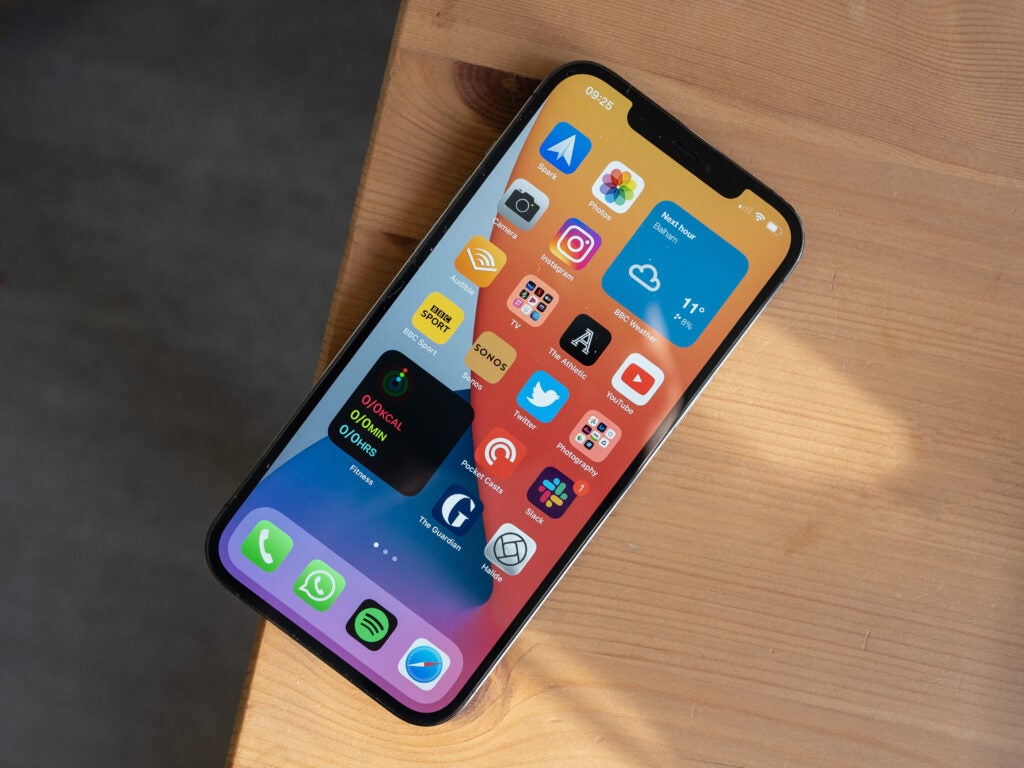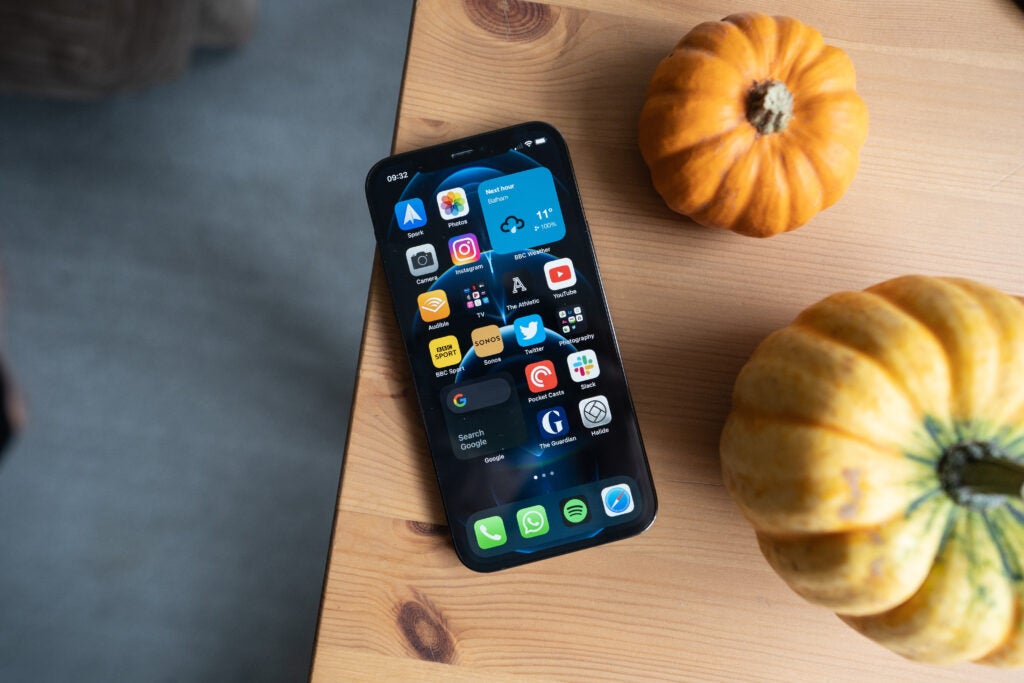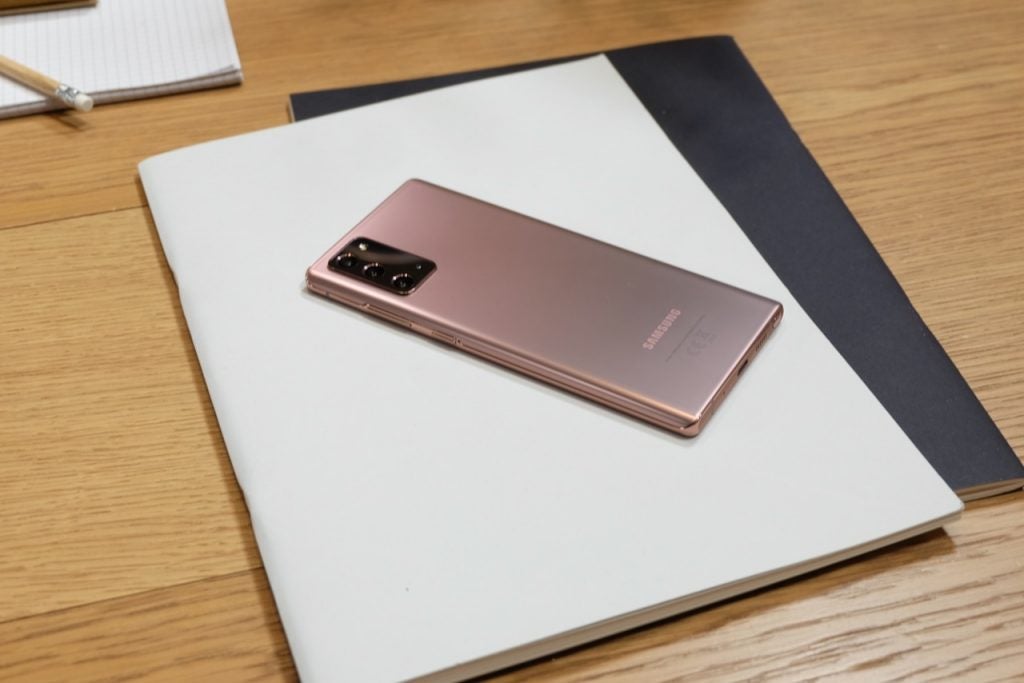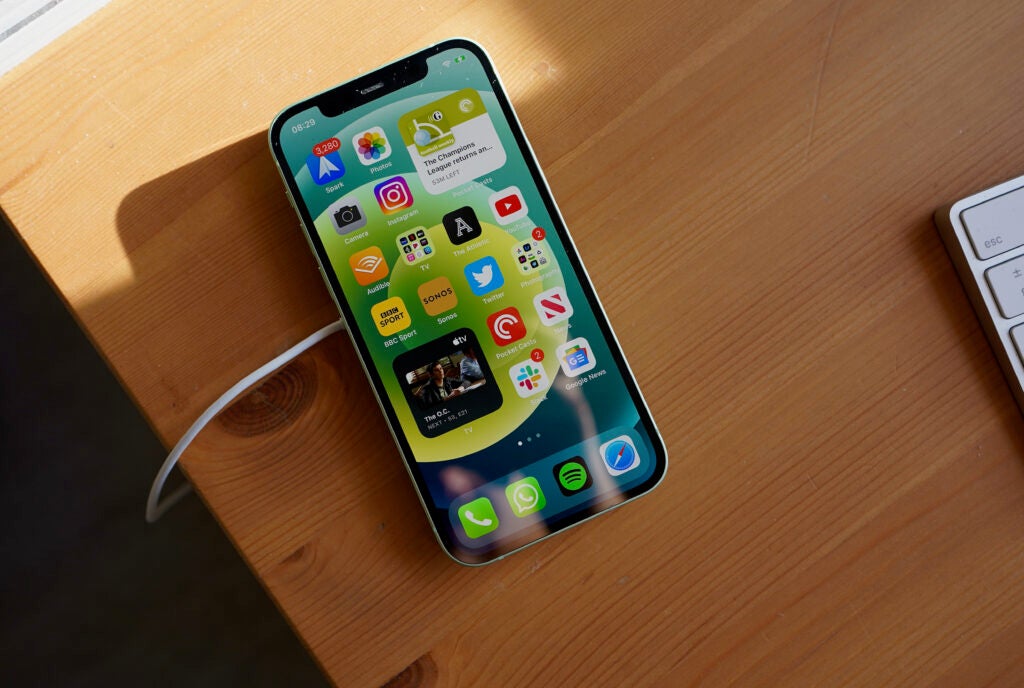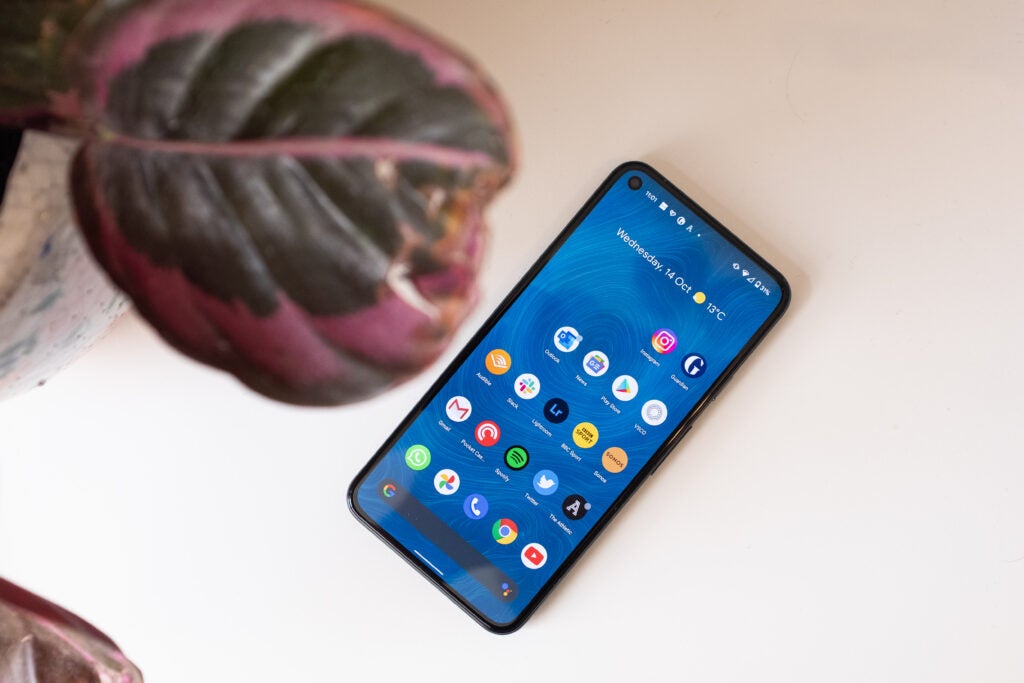The camera is one of the most important parts of a modern smartphone and if you’re about to pay flagship prices, you’ll likely expect a handset capable of taking great photos in return.
There are plenty of excellent camera phones to choose from at the moment, covering a variety of budgets and varying features. Some focus on zoom, while others hope to offer best in class video recording. Here at Trusted Reviews, we’ve reviewed all the best camera phones to help you to choose a handset that’s right for you.
We test each camera in several real-world scenarios – for example, low light, portrait, landscape, light and dark conditions – and then compare the results. You’ll find a dedicated section for each phone’s camera, including sample images, in each of the reviews we reference and link to in this guide.
If you’d prefer a more general look at which phone to buy, our Best Phone, Best Android Phone and Best iPhone guides will point you in the right direction.
We’ve reviewed countless handsets over the past year, from cutting-edge flagships to the best budget snappers, and sorted through them all to bring you only the most feed-worthy camera phones.
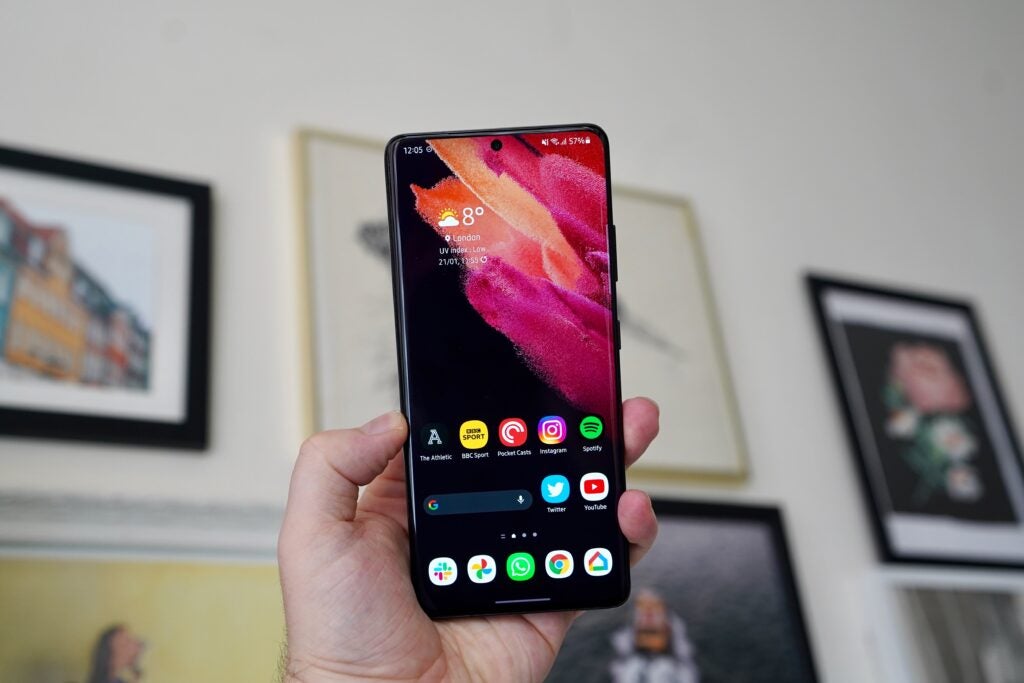
1. Samsung Galaxy S21 Ultra
Best camera phone for versatility
Pros:
- Stunning display
- A versatile camera with serious skills
- Good video capture
Cons:
- Expensive, even if it’s cheaper than S20 Ultra
- Video not as good as iPhone
- 100x zoom is still poor
The Samsung Galaxy S21 Ultra is one of our favourite smartphones on the market for a variety of reasons, one of those being the incredibly versatile camera.
The quad setup includes a 108MP (f/1.8) wide angle sensor, a 12MP (f/2.2) ultra-wide angle sensor, a 10MP (f/2.4) 3x zoom sensor and a 10MP (f/4.9) 10x zoom sensor. The phone also packs a 40MP selfie camera on the front and can capture video footage in up to 8K at 24fps.
The main lens produces 12MP images by default, but you can easily switch to 108MP if you’re happy to sacrifice some storage. The 108MP sensor produces detailed, natural-looking images with a soft bokeh effect that blurs the background to highlight the subject.
While the camera still has that colourful, Insta-friendly, Samsung quality, the colours have been toned down a bit compared with previous generations. There’s even an option on the front camera to shoot a more natural image.
Other key features on this S21 Ultra include the fast Exynos 2100 processor, stunning WQHD+/120Hz display and plenty of storage and RAM. If you’re happy to drop over £1000 on your next phone, this is a fantastic pick.
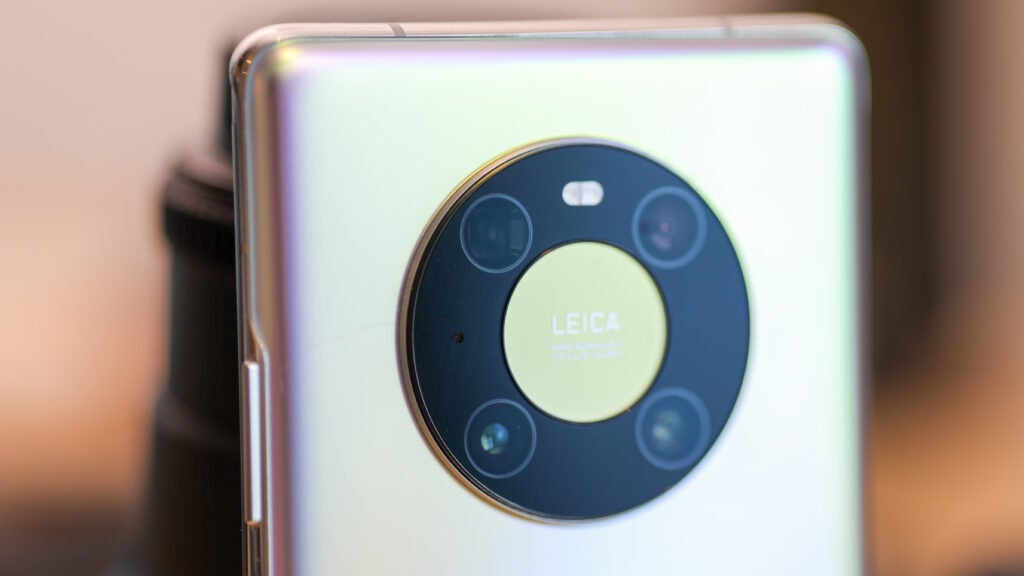
2. Huawei Mate 40 Pro
Huawei does it again
Pros:
- Great screen
- Excellent camera system
- Loud, expansive speakers
Cons:
- No Google support
- Not the widest ultra wide cam
Huawei has been producing some of the best camera phones for years now, so it shouldn’t come as much of a surprise to see the Huawei Mate 40 Pro sitting high up on this list.
On the back of the Mate 40 Pro you’ve got a number of cameras. At the helm is a 50-megapixel f/1.9 camera. The sensor identical to the one included with the excellent Huawei P40 Pro Plus. Alongside it sits a P40 Pro-a-like 12-megapixel f/3.4 5x zoom periscope camera, and a 20-megapixel f/1.8 ultra-wide.
Snaps shot on the Mate 40 Pro definitely exhibit similar characteristics to the typical Leica look (you’ll see the brand’s logo on the camera module). In our review, we said images are “warm, rich and zingy, without looking mottled and over-processed like some photos taken on Samsung phones”. Dynamic range is strong even in backlit scenes, and challenging subjects such as black cats and glass surfaces look textured and realistic. The low-light performance continues this theme too, with very good results during testing.
Battery life is great and it charges up very quickly thanks to a 66w charger. You’ve got a great 6.76-inch 90Hz display too and the very capable Kirin 9000 chipset.Of course, the biggest issue here is the lack of Google services. There’s no Google Play store on the Mate 40 Pro so that means no access to common apps like Google Pay, YouTube and Gmail. The lack of support for the underlying Google services also means some other apps won’t work too, like Uber. Which is why we only recommend it to buyers that place camera performance as their top priority when picking a phone.
3. iPhone 12 Pro Max
The biggest iPhones takes some amazing photos
Pros:
- Huge sensor
- LiDAR helps with low-light shots
- Reliable pictures in all situations
- HDR video
Cons:
- Still lacks the zoom skills of other devices
If you want the very best iPhone 12 camera experience then go for the iPhone 12 Pro Max. It has a larger sensor than the smaller Pro model for taking better and quicker low-light snaps. In addition, the extra optical zoom (2.5x as opposed to 2x) provides a bit more creative freedom, even if the zoom can’t match the P40 Pro and Note 20 Ultra.
We wouldn’t say the pictures are always night-and-day improvements over the 12 Pro (or even the 12); however, you can get much better snaps here if you’re shooting active subjects.
There are benefits that comes from having a larger phone, too. Battery life is improved and the 6.7-inch display is ideal for editing snaps and using as a big viewfinder.
Everything else is the same as the iPhone 12 Pro, which you can read about below.
4. iPhone 12 Pro
Best camera phone for versatility and video
Pros:
- Great new design
- LiDAR helps in low light
- Reliable pictures in all situations
Cons:
- Lacks the zoom skills of other devices
The iPhone 12 Pro sits just below the Pro Max in Apple’s current smartphone lineup. The Pro camera’s combination of fantastic photo quality and impressive versatility makes it our top choice when it comes to smartphone snappers.
It’s glitzier, flashier and more expensive than the iPhone 12 – but, for many, the extra skills of the camera setup make it worth considering. Apple seriously improved its photographic output with the iPhone 11 series, and the 12 series takes that a step forward again.
The iPhone 12 Pro is kitted with three 12-megapixel cameras, including an ultra-wide angle lens that lets you fit a lot more into your landscape shots. You also get a new faster wide lens (26mm, f/1.6) and a 2x telephoto lens for getting close. A LiDAR sensor aids low-light focusing and you’ll notice this if you’re big into taking pictures in the dark.
Nothing is lacking with the new HDR Dolby Vision video recording either, capturing much brighter, more colourful footage. The iPhone 12 Pro is also an absolute performance beast. The A14 chipset is the fastest we’ve used and it brings 5G to an iPhone for the first time.
We’d have liked a fast refresh display, a screen without a notch and for some killer zoom skills. However, the 12 Pro remains one of the most reliable camera phones around.
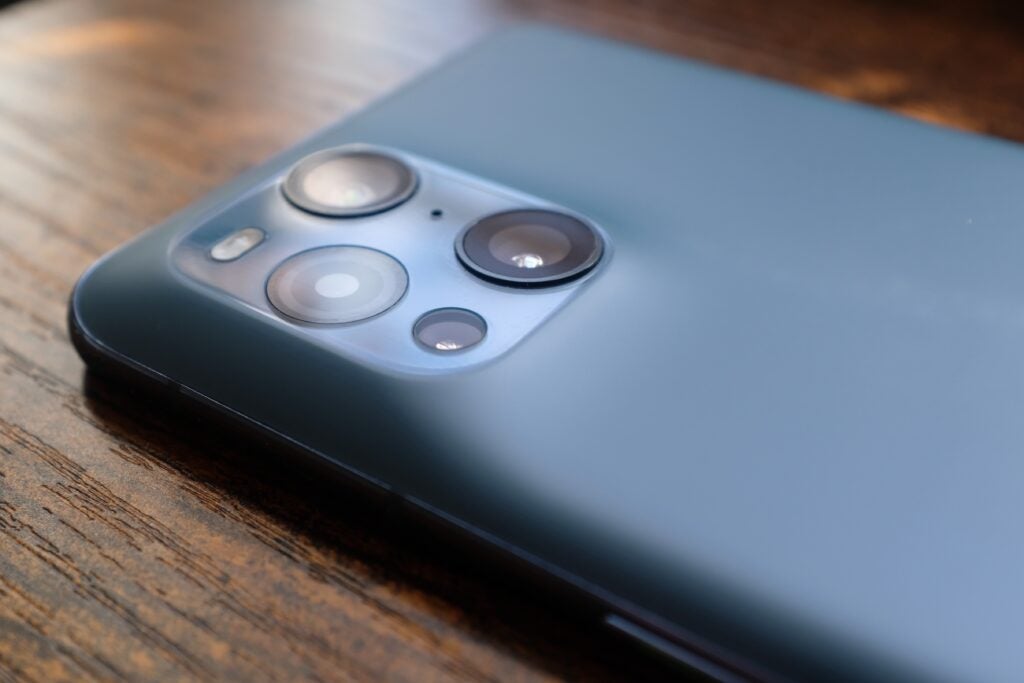
5. Oppo Find X3 Pro
Another reliable camera system from Oppo
Pros:
- Thin and light for a 6.7-inch phone
- Adaptive 120Hz display
- Huge improvements to software
- Reliable camera
Cons:
- Loss of periscope zoom skills of the Find X2 Pro
We were very impressed with the camera on the Oppo Find X2 Pro and it’s no surprise the follow-up is another excellent camera phone. The Oppo Find X3 Pro boasts an atypical 50MP wide camera with a 50MP ultra wide. Both use the new Sony IMX 766 sensor for optimal quality across the board.
The duo of ‘main’ sensors are both great. During testing they consistently captured reliable pictures in all conditions. Images are beautifully vibrant and colourful, with distortion on the ultra wide kept very much to a minimum. There are certainly some similarities in the colour tuning to the Samsung Galaxy S21 Ultra with an emphasis on punchy greens and reds.
The main sensors are more than capable of shooting in lower-light situations too, with a multi-exposure night mode for when light is really at a minimum. Pictures we took in near darkness came out bright and with plenty of detail.
Along with these two great cameras, you’ve also got a decent 13MP telephoto camera for zoomed shots and a 3MP microscope lens for 60x magnification. The latter is little more than a gimmick, but a clever and fun one, while the zoom is a bit of a disappointment when compared to the outgoing X2 Pro. Oddly, the older phone proved capable of better results while zooming during testing.
Oppo used a periscope lens last time around to offer far superior zoom and that’s been ditched here, likely to keep the phone slimmer.
The rest of the phone impresses, just like the camera. There’s a lovely 6.7-inch 1440p OLED display with HDR support and high levels of brightness. Inside you’ve got a Snapdragon 888 chipset with 5G, 12GB RAM and 256GB storage. Keeping the phone going in a 4500mAh battery that charges up via 65w charging.
6. Samsung Galaxy Note 20 Ultra
Best camera phone for fans of big phones
Pros:
- Bronze colour is attractive, and adds a matte finish
- S Pen more responsive than ever
- Excellent triple camera
- The best-looking phone around
Cons:
- Battery life, on Exynos version, is poor
- Screen resolution limits are annoying
Samsung’s second phone to sport the “Ultra” moniker matches its predecessor in both its lavishness and price tag. However, what it does bring to the table is a more refined take on the camera setup, including ditching the 100x Space Zoom that was panned on the S20 Ultra.
The Galaxy Note 20 Ultra brings a camera setup that features a 108-megapixel main sensor, a 12-megapixel telephoto and 12-megapixel ultra-wide. The combo produces strong results that in our review we described as “a huge improvement over the S20 Ultra.” The setup tones down Space Zoom to just 50x, while using a 5x optical zoom alongside it. Still, the zoom skills here are far superior to that of the iPhone 12 series and Pixel 5, only losing out to the Huawei P40 Pro.
Aside from the camera, the Galaxy Note 20 Ultra comes sporting many more tricks – from a gorgeous and gargantuan 120Hz Adaptive Refresh Rate 6.9-inch OLED display to strong performance from the Exynos 990 (even if we here in the UK lose out on the better Snapdragon 865+ option).
As we mentioned in the intro to this guide, Samsung has now launched its Galaxy S21 and S21 Ultra. Like the Galaxy Note 20 Ultra, the S21 Ultra packs a 108-megapixel main sensor and a 12-megapixel ultra-wide lens. The S21 Ultra also includes two telephoto lenses for 100x Space Zoom. The S21 camera is better, but the Note remains good.
7. iPhone 12
The most reliable camera phone
Pros:
- Great still photos
- New HDR skills
- Excellent video
Cons:
- Lacks real zoom like the Huawei P40 Pro
While the iPhone 12 Pro and the Pro Max are far more focused on the cameras, the iPhone 12 continues to impress, benefitting from a number of new features.
The main 12-megapixel wide-angle camera now has an f/1.6 lens, ensuring it performs far better in low light compared to older iPhones, capturing images with better colours and exposure. The Smart HDR feature has been improved and the Deep Fusion AI tech ensures photos are sharp – you’ll notice this especially in photos that include items of texture, such as a woollen jumper or a jaggedy rock. There are fewer upgrades to the ultra-wide camera; however, you can now use the dedicated low-light mode while shooting with this secondary sensor.
The lack of a zoom lens does mean that this isn’t an ideal setup if you want to get closer to subjects, and there are far better choices on this list if zoom is a priority for you.
Video has been upgraded, however, and you can shoot Dolby Vision HDR footage at 4K 30fps (60fps on the Pro). HDR video is far brighter, more colourful and just generally more appealing visually, even if it can cause some compatibility issues with older TVs.
Other features include an OLED screen (still with a notch and at 60Hz, rather than the faster 120Hz found on the Note 20 Ultra), the fast A14 chipset, 5G and support for MagSafe accessories.
8. Google Pixel 5
The best phone camera for stills
Pros:
- Superb still photos
- Improved video
- Smooth 90Hz screen
Cons:
- Bland design
- No real zoom
The Pixel 5 doesn’t push the Pixel camera to new heights like we were expecting. However, offering the device at a lower price means more people can enjoy this excellent shooter.
That’s not to say the camera isn’t any different to the Pixel 4. There’s now an ultra-wide – rather than a zoom – secondary sensor, which is probably the right decision since it lets you take far better landscape shots. Video has been improved with support for smoother 4K 60fps capture, and portrait lighting features offer up greater control when editing.
Where the Pixel 5 falls down next to the, albeit pricier, competition is the zoom. The zoom here is completely software-based and while the results are fine, they pale in comparison to models carrying a proper zoom lens such as the Note 20 Ultra or P40 Pro.
Other features include a 90Hz screen, 4000mAh battery, 5G and a metal body.
![]()
9. Google Pixel 4a
Best camera phone on a budget
Pros:
- Great camera
- Refreshingly small size for an Android phone
- The promise of fast updates
- Nice, sharp OLED screen
- Affordable
Cons:
- Only one camera
- As well as being a Pro, the small screen might put some off
One of the stand-out features of the Pixel 3a was its camera, and Google has made sure to bring its expertise to the next version. Pixel 4a packs in a single 12-megapixel f/1.7 sensor that dominates many camera phones sporting more than double the amount of camera on the back.
Image processing power and low-light shooting make the Pixel 4a a contender in the camera department with even the most premium phones, while managing to come in at a sub-£400 price point.
Of course, the biggest issue for some will be the lack of any secondary sensors. This is the only phone on this list to eschew an ultra-wide or telephoto camera completely.
Along with the stellar camera you also get the sleek Pixel Launcher, for a clean-yet-functional Android experience, as well as speedy updates guaranteed for three years.
Despite the super-low price, Google has managed to whack a pleasing screen onto the Pixel 4a. The OLED display offers sharp images, even without a 90Hz refresh rate. The 5.8-inch OLED sits nicely in a basic but still decent-quality plastic body, which comes in a size that harks back to a more one-handed friendly past.
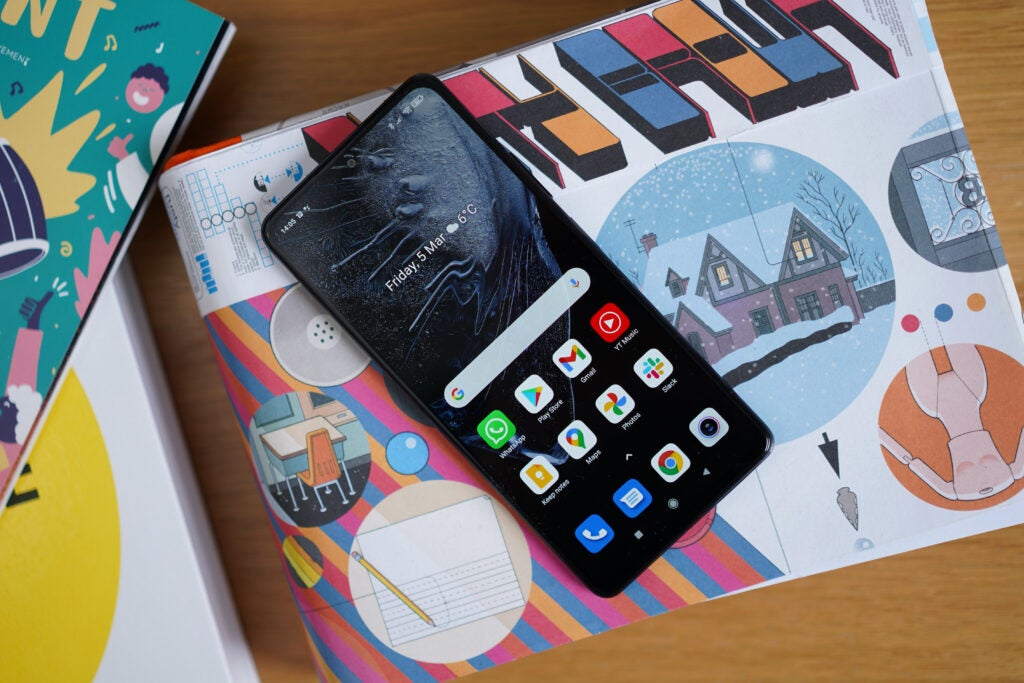
10. Xiaomi Redmi Note 10 Pro
Pros:
- Best display for a phone of this price
- 108MP camera capable of fine things
- Excellent battery life
- Bargain price
Cons:
- No 5G
- Camera not the best in low-light situations
Aside from the excellent Google’s Pixel Pixel 4a, we rarely encounter cheaper phones with actually great cameras. This is where a hefty amount of a flagship phone’s development budget will tend to go, after all. The Xiaomi Redmi Note 10 Pro is a worthy rival to the Pixel 4a though.
The 108MP camera on the back of this phone is quite possibly the best you’ll find for less than £300. This huge sensor uses 9-in-1 pixel binning to create 12MP images and as such the sensor is capable of taking very bright and detailed snaps. In good lighting you’ll get balanced shots with nice colours and good dynamic range.
The night mode is good too, though the lack of OIS means it’s not quite comparable to the best phones out there. Where the phone suffers most is the in-between lighting situations, where you’re past perfect daylight conditions yet Night Mode isn’t appropriate.
Other good features include a 120Hz display, 5020 mAh battery and a Snapdragon 732G chipset.
